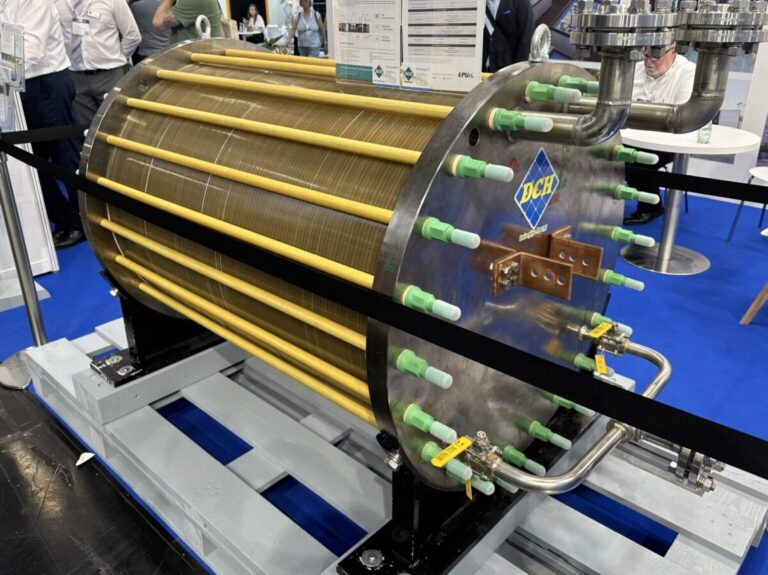Westwood Global Energy Group says that only 17% of the hydrogen projects of the European Union will improve without intervention, while SmartEnergy says that Spain Orange.bat Project has erased an important environmental nuisance and is launched in May 2028.
Westwood Global Energy Group In a new report said that only 17% of the planned project pipeline of the European Union will continue without market intervention, which warns that the gap between ambition and reality will increase. “The analysis points to a European pipeline under tension, because legal delays, increased costs and a weak demand heavily weigh on progress, with 23 hydrogen projects of a total of 29.2 GW (LHV) that have already been stuck or canceled at the end of 2024,” ” said The London -based research agency. “The British market presents a similar story, in which Westwood a potential delivery range of only 1% to 24% of its pipeline estimates by 2030.” The European Union could reach 70% of its planned project pipeline in the best scenario, but only if institutions fully develop and implement the proposed frameworks. This would enable the block to reach 2030 production goals, according to the report.
Surus said In an e -mail Declaration that Spain Orange.bat Project in Valencia received a favorable decision for environmental effects (EIA), the final step before the Integrated Environmental Permit (EIP) and Priority Investment Project status were obtained. The approvals confirm the term of the project if it starts its final development phase, with commissioning that was set for May 2028, the Swiss developer said.
Norwegian hydrogen said that it has made an investment decision for a 25 MW water substance factory in Norway to serve customers in Zuid -Norwegen and parts of Sweden. The facility in Rjukan, Telemark, is set for completion by 2027. This project corresponds to the company’s strategy, which includes the existing green hydrogen production and several new projects in the Nordic region, said The company.
H2APEX group Said that the Hamburg’s HH2E’s hydrogen project on the Lubmin site has taken over in Germany. The company, which operates two green hydrogen projects on the former Nuclear power plant site on the Greifswald Bodden, is planning to complete the green hydrogen production facility that is initially planned by HH2E. H2APEX acquired the country, the infrastructure and all necessary project connections, including electricity and water supply. The site also has direct access to multiple pipelines set for hydrogen conversion by 2027, which means that integration into the core hydrogen network of Germany is possible.
NoWega Started with filling the pipeline between Lingen and Bad Bentheim with hydrogen in Nordhorn, Germany. The Southwest Lower Saxon part is the first part of the German Hydrogen Core Network and consists of 95% recycled pipelines, said The Münster -based transmission system operator. In the first commissioning phase, the network section will be filled with 28,500 cubic meters of hydrogen and brought to a pressure of 3 bar. The system must be ready in mid -April. Once with full operational edition, the company will start its first transports, Dennis Hoeveler, NoWega’s head of technology.
Bosch Aviation Technology Has a conventional four-cylinder gasoline aircraft engine from the Austrian manufacturer BRP-Rotax to work on hydrogen as part of an innovation project. Instead of designing a new engine, Bosch has changed an existing model, anticipating a strong demand for this approach because of time, costs and legal benefits, said Christian Grim, general manager of Bosch General Aviation Technology. The Austrian company completed the 1.4 -Leriter Turbo engine adjustments in four months. The engine now delivers a maximum of 115 kW inner 2% of the original version of gasoline. Future prototype developments can further stimulate the output, according to the company.
This content is protected by copyright and may not be reused. If you want to work with us and reuse part of our content, please contact: editors@pv-magazine.com.


